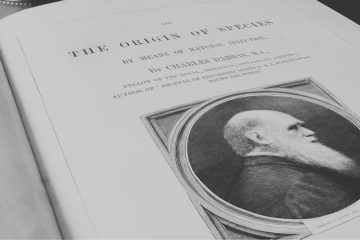What Happened On January 3rd?
In the annals of horology on January 3, 1957, the first electric watch became commercially available. This release to the public revolutionized the way we perceive and wear timepieces in our day and age, transforming traditional mechanical watches to a new era of electronic innovation. The first electric watch entered the market and made an impact on the watchmaking industry as a whole.
For centuries, watchmakers relied on intricate mechanical movements to power timepieces. The advent of the electric watch represented a departure from this long-standing tradition, introducing a more precise and reliable method of timekeeping.
The Hamilton Electric 500 Entered
The very first electric watch model holds the distinction of being the first available for public purchase. Hamilton Watch Company, an American watch manufacturer with a rich history, collaborated with the Electric Watch Division of the company’s Lancaster, Pennsylvania, facility to bring this timepiece to market.
Unlike traditional mechanical watches that relied on a mainspring and balance wheel, the Hamilton Electric 500 employed an innovative electric movement. The watch featured a battery-powered movement that replaced the traditional mainspring, offering greater accuracy and eliminating the need for winding. This has never been seen before and the new qualities put the world into dismay.
I) Advanced Adaptation: The Hamilton Electric 500 showcased a futuristic design that captured the spirit of the Space Age, reflecting the optimism and technological advancements of the era.
II) The Use Of Battery Power: The watch utilized a compact battery to power its movement, eliminating the need for manual winding. This technological leap signified a departure from traditional watchmaking practices.
III) Balance Wheel Eliminated: The electric movement of the Hamilton Electric 500 replaced the traditional balance wheel with a tuning fork, further enhancing accuracy and reducing the impact of external factors on timekeeping.
The introduction of the electric watch had a profound impact on the watchmaking industry. The innovation not only improved timekeeping accuracy but also set the stage for the subsequent development of quartz watches. Quartz technology, utilizing a vibrating crystal to regulate timekeeping, became the foundation for the majority of modern electronic watches.
However, the electric watch faced challenges, including the limited lifespan of early batteries and the need for frequent replacements. Nevertheless, these issues sparked further advancements in battery technology, contributing to the evolution of electronic timepieces.
Do You Have An Electric Watch?
Did you know that your Apple Watch that you’re wearing or the Fitbit that you have is derived from the Hamilton Electric 500?
If it weren’t for this release in 1957, how do you think modern day watches would look? Would they be different?
Let’s discuss!





